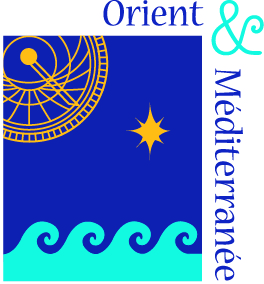Geoarchaeological approach of the Middle Eure valley (Paris Basin, France): benchmarks for reconstructing both palaeoenvironments and human occupations during the Mid- and Late Holocene
Résumé
Located in the western part of the Paris Basin (France), the Eure catchment is a rather unexplored area in the palaeoenvironmental, (geo)archaeological and historical field, especially in its median section. Actually, the latter status, which is predominantly agricultural, gives rise to very few spatial planning projects and as a result to very few preventive archaeological excavations. This area therefore provides an appropriate context for new considerations about technical approaches to be put into in an effective and relevant manner to overcome data gaps, whatever the period or the scientific field. The poster will present the results of the investigations that have been carried out at different spatial scales with a geoarchaeological perspective: (i) cartographic and geomatics analysis to propose a first theoretical modelling of historical land-use; (ii) geomorphological mapping in order to underline the impacts of geomorphological dynamics on taphonomy and remains of archaeological settlement; (iii) geophysical surveys (Electrical Resistivity Tomography, Ground Penetrating Radar), percussion drilling for sedimentary cores and sedimentological analysis to obtain a 2D picture of the sediment structures of the palaeochannels, as well as to reconstruct the hydro-sedimentary dynamics of the Eure river close to archaeological remains; (iv) remote sensing using airborne technics by drone (photogrammetry, LiDAR, Infrared) and point cloud analysis to map microtopographic features of some (geo)archaeological key sectors. The first results suggest a synchronous metamorphosis of the fluvial continuum that seems to take place during the Late Neolithic and Early Bronze Age. The Eure channels are disconnected from the main fluvial flow axis and progressively filled by detrital sedimentation, suggesting a significant soil erosion within the catchment at this time. On the other hand, peat sediments can be locally detected between the Bronze Age and the Early Middle Ages as a result of "site effects". Within the sub-watersheds of the right bank of the Eure, that are widely opened in the Tertiary series, a new and more recent phase of silty sedimentation has been identified from the Late Middle Ages onwards, probably linked to the growing soil erosion under the effect of large-scale upland-clearing. Despite their constraints, the investigative methods open up to new perspectives with a view to the integration of geomorphological and archaeological research in a programmatic but not necessarily preventive approach.
| Origine | Fichiers produits par l'(les) auteur(s) |
|---|

